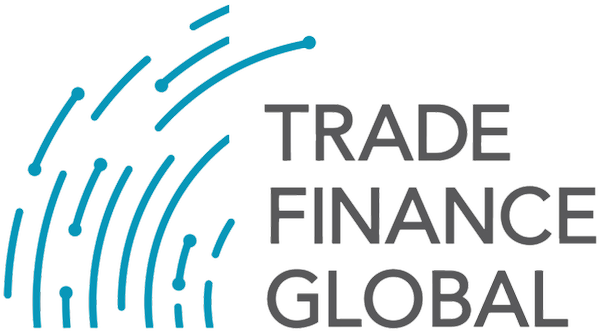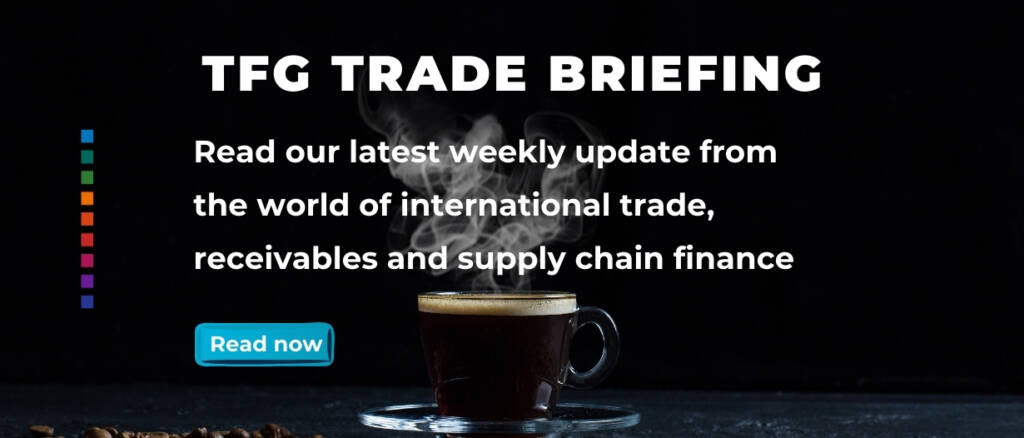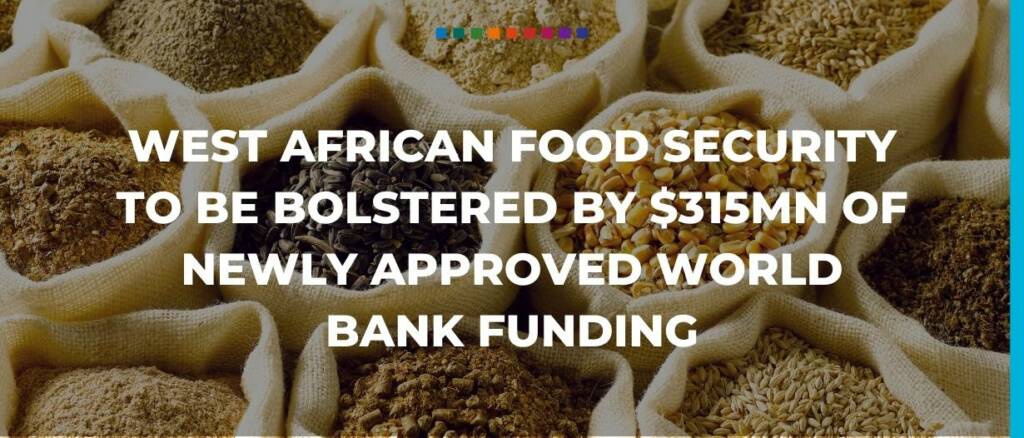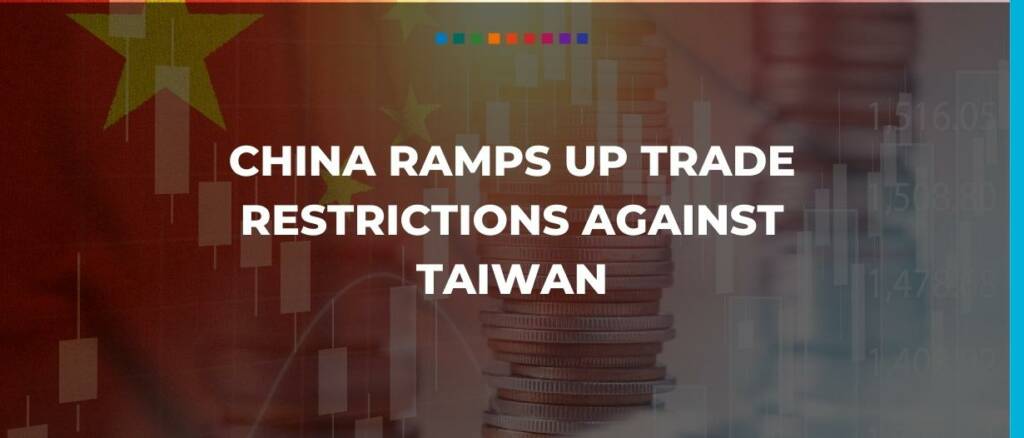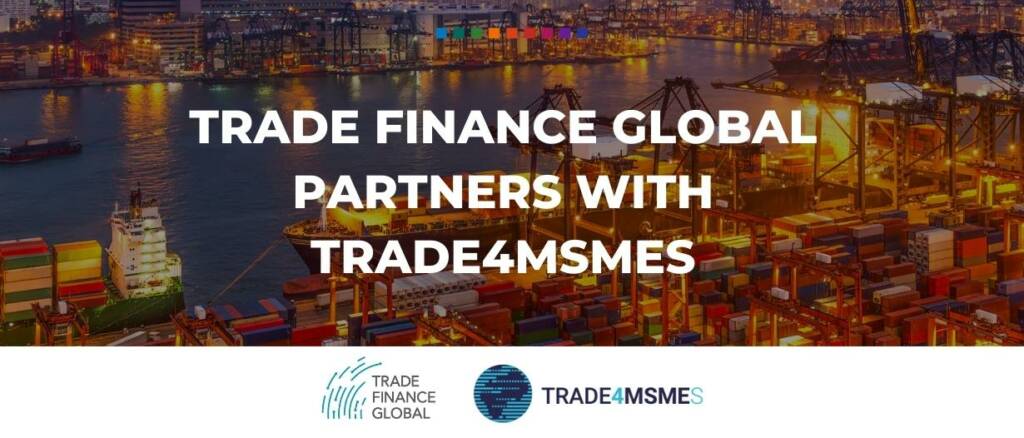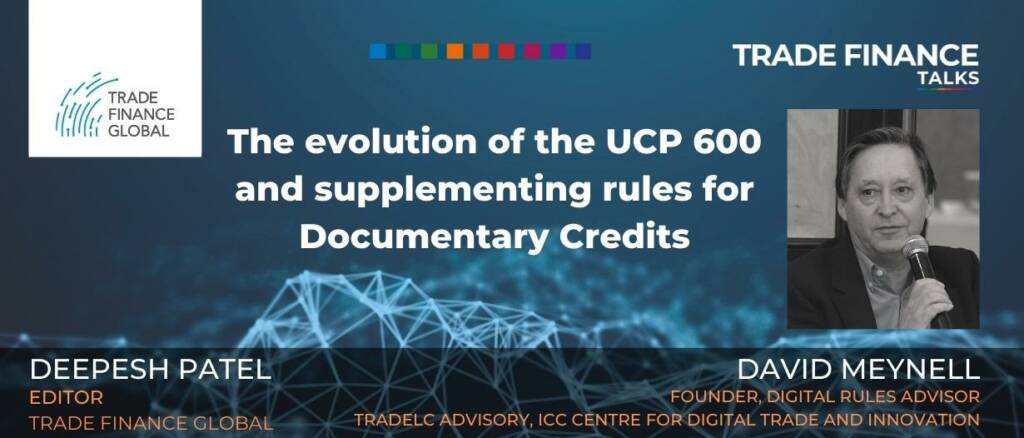Further to the decision made in the Court of Appeal Malaysia (appellate jurisdiction) between Punjab National Bank (PNB) and Malayan Banking Berhad (Maybank), Maybank has successfully obtained leave from the Federal Court of Malaysia Putrajaya to file an appeal against the decision made in the Court of Appeal Malaysia
Your Monday coffee briefing from TFG: China ramps up trade restrictions against Taiwan
Many business owners and entrepreneurs look to the future with optimism when it comes to expansion opportunities. However, while a successful business model might be making waves in a domestic… read more →
The World Bank has approved the second phase of West Africa’s regional Food Systems Resilience Program (FSRP-2), earmarking $315 million in financing to increase the robustness of food systems in… read more →
China has announced a series of trade restrictions against Taiwan in response to United States House Speaker Nancy Pelosi’s visit to the island on Tuesday. China will no longer allow… read more →
Saudia Arabia, the world’s second-largest oil producer behind the USA, made headlines this week as reports surfaced that its economy had expanded by 11.8% in the second quarter of 2022, a massive pace largely fueled by high oil prices.
TFG has partnered with Trade4MSMEs in a bid to provide micro-, small-, and medium-sized enterprises (MSMEs) with relevant resources to aid in the growth of their businesses.
TFG spoke to UCP 600 expert David Meynell, senior technical advisor for the ICC Banking Commission and digital rules advisor to the Centre for Digital Trade and Innovation, to discuss the evolution of the UCP 600 and supplementing rules for documentary credits.
Your Monday coffee briefing from TFG: New from Trade Finance Talks – SME trade finance: flying under the radar
The first ship carrying grain has left a Ukrainian port under a landmark deal with Russia. Turkish and Ukrainian officials say the ship left the southern port of Odesa early… read more →
